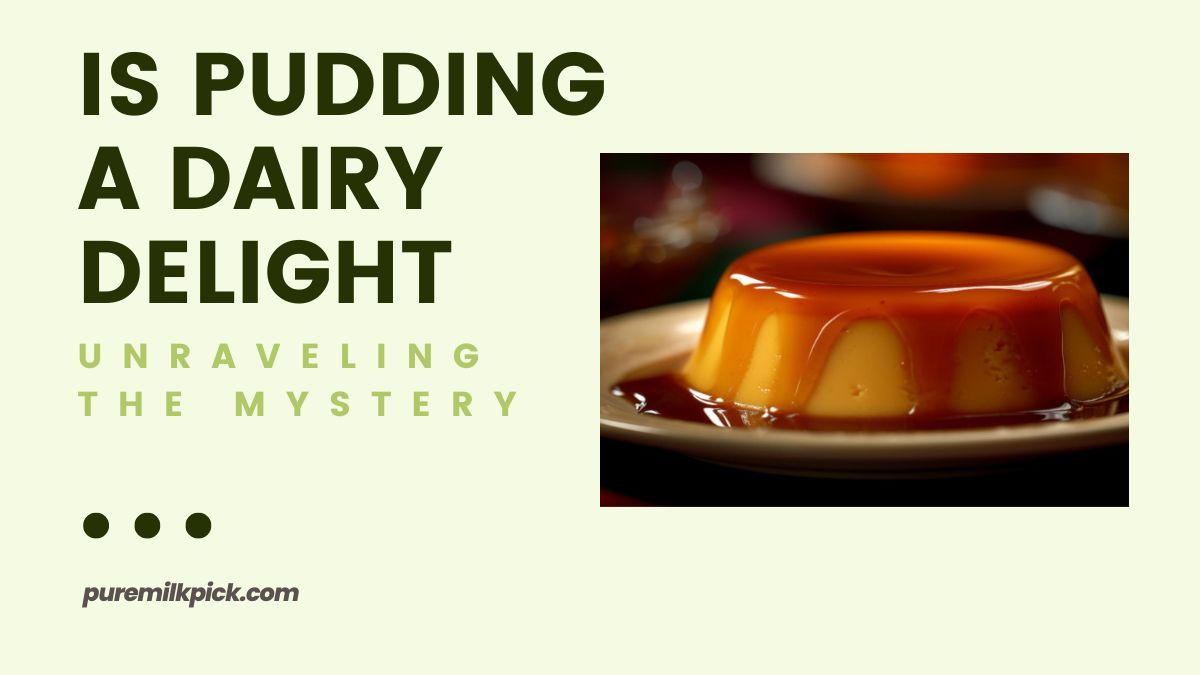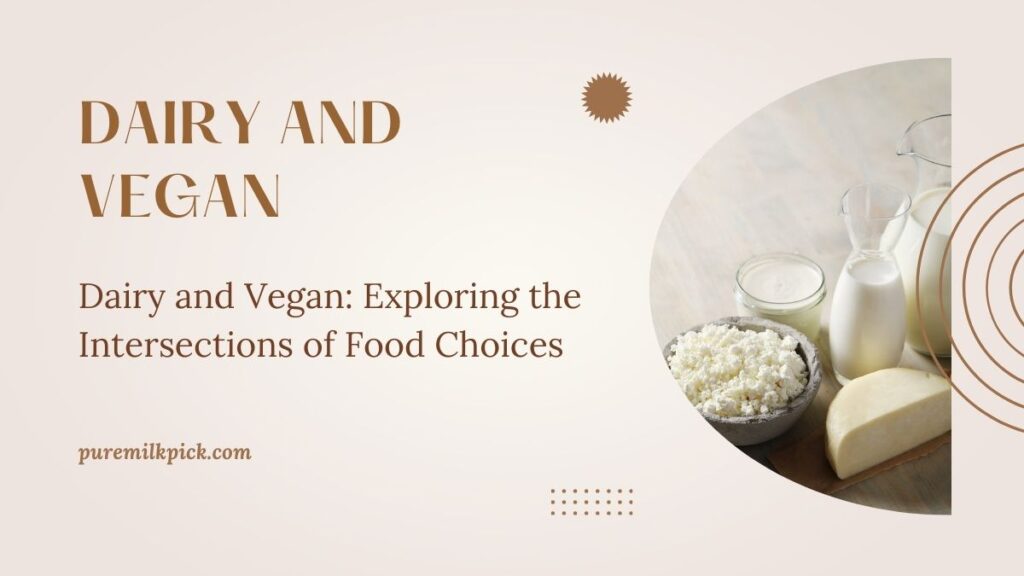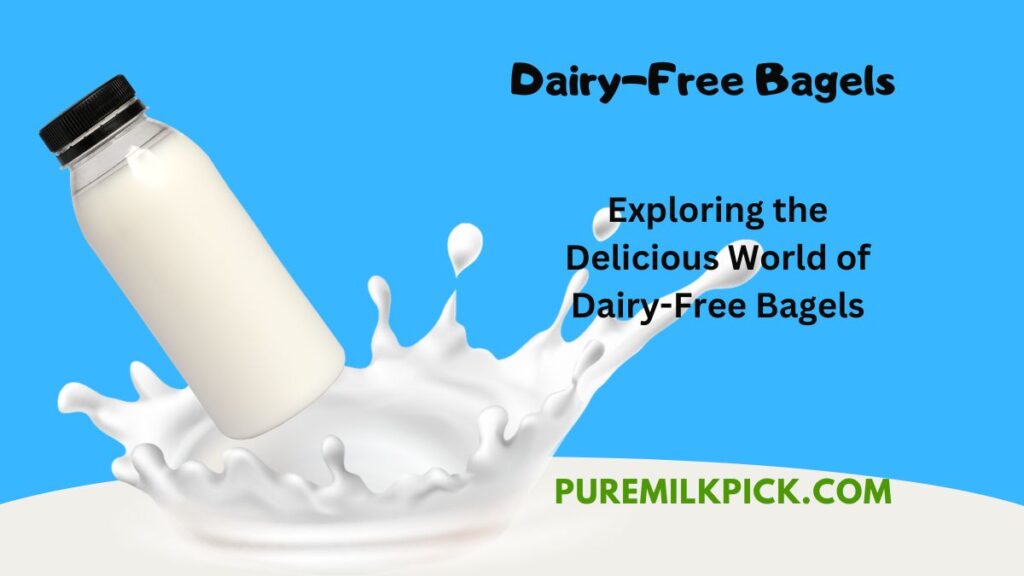Pudding, that delightful, creamy, and often indulgent dessert, has been a favorite treat for generations. Its silky texture and delectable flavors have made it a beloved sweet dish. But here’s the twist: is pudding truly a dairy delight, or does it hold a secret that might surprise you?
In this intriguing exploration, we will embark on a journey through the world of pudding. We’ll uncover the ingredients, examine the dairy content, and even explore non-dairy alternatives. Whether you’re a pudding enthusiast or someone with dietary considerations, get ready to dive into the fascinating world of pudding.
Understanding Pudding
Before we delve into the dairy debate, let’s start by understanding what pudding is. Pudding is a dessert that spans the globe, known for its creamy texture and rich flavor. It’s a versatile treat that can be served in various forms, from classic chocolate and vanilla to more exotic flavors like butterscotch and pistachio.
Pudding typically includes ingredients like milk, sugar, and flavorings, all combined to create a thick and smooth dessert. The consistency can range from a loose, custard-like texture to a firmer, gelatinous one, depending on the ingredients and preparation method. The key to pudding’s appeal lies in its luscious, melt-in-the-mouth quality.
The Common Ingredients
Traditional pudding recipes primarily consist of dairy ingredients. Milk is a staple, often combined with cream for a rich and luxurious texture. Sugar sweetens the mix, and various flavorings, such as cocoa, vanilla, or fruit extracts, give pudding its distinctive taste.
Egg yolks are another essential component in many pudding recipes, serving as thickeners and contributing to the creamy consistency. Cornstarch or gelatin may also be used to achieve the desired thickness and set the pudding.
Dairy Ingredients in Pudding
Now, let’s address the elephant in the room – the dairy content of pudding. While it’s true that dairy is a fundamental component of traditional pudding, the extent of dairy’s presence can vary depending on the recipe and dietary considerations.
The dairy ingredients in pudding, such as milk and cream, offer a creamy, rich, and comforting aspect to this beloved dessert. These ingredients contribute to the smooth, melt-in-the-mouth texture that pudding enthusiasts adore.
The Role of Dairy in Pudding
Dairy is more than just a structural element in pudding; it’s also responsible for the dessert’s delightful flavor. Milk and cream provide a neutral base that allows other flavorings, like vanilla or chocolate, to shine. They serve as carriers of these flavors, creating a well-balanced and harmonious taste profile.
Additionally, the fat content in dairy enhances the mouthfeel of pudding, making it feel indulgent and satisfying. Dairy is the secret behind pudding’s ability to deliver comfort and pleasure in every spoonful.
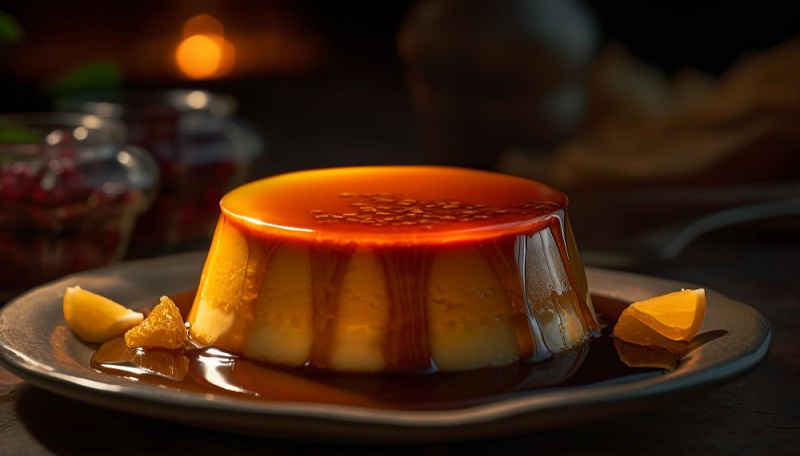
Non-Dairy Alternatives
While traditional pudding is dairy-rich, the culinary world is ever-evolving, and dietary preferences are diverse. This evolution has given rise to non-dairy or vegan pudding options for those who seek the creamy delight of pudding without the dairy component.
Non-dairy pudding options are gaining popularity, catering to individuals with lactose intolerance, dairy allergies, or those who follow a vegan lifestyle. These alternatives are often made from plant-based milk, such as almond, soy, coconut, or cashew milk.
The Ingredients of Non-Dairy Pudding
Non-dairy pudding relies on a variety of plant-based milk options to achieve the desired consistency and flavor. Almond milk, for example, is known for its mild and slightly nutty taste, while coconut milk offers a rich and tropical flavor profile.
Plant-based thickeners like tapioca starch, arrowroot, or agar-agar are used to replicate the thickening properties of dairy-based puddings. These ingredients contribute to the pudding’s consistency and texture.
Non-dairy pudding recipes often include natural sweeteners like maple syrup, agave nectar, or date paste, ensuring that the dessert remains sweet and satisfying without the use of refined sugars.
Read More: Mayo is Dairy: Separating Fact from Fiction
Pudding Labeling
One of the key aspects of determining whether a pudding is dairy-based or not is reading the product label. Pudding manufacturers are diligent in labeling their products accurately, making it easier for consumers to make informed choices.
When searching for dairy-free or vegan pudding, look for specific labels such as “dairy-free,” “vegan,” or “plant-based.” These labels indicate that the pudding does not contain dairy ingredients.
To make the process even more accessible, some manufacturers use allergy-friendly symbols on their packaging, signifying that the product is free from common allergens, including dairy.
Common Labeling Terms
It’s important to understand some common labeling terms related to dairy content:
- Dairy-Free: This label is used for products that do not contain any dairy ingredients.
- Vegan: A vegan label indicates that the product is entirely plant-based, free from animal-derived ingredients.
- Plant-Based: This label suggests that the product is primarily derived from plant sources and may not contain dairy.
Reading pudding labels carefully is essential, especially if you have specific dietary restrictions or preferences.
Health Considerations
Now, let’s delve into the health aspects of pudding, both dairy-based and non-dairy alternatives. Understanding the nutritional differences can help you make informed choices that align with your dietary and wellness goals.
Dairy-Based Pudding
Dairy-based pudding, while indulgent and rich in flavor, can be relatively high in saturated fat due to the milk and cream content. It provides essential nutrients such as calcium and protein, but it may not be suitable for individuals with lactose intolerance or dairy allergies.
The fat content in dairy pudding can make it calorie-dense, which is something to consider if you’re watching your calorie intake. It’s essential to enjoy dairy-based pudding in moderation, especially if you have specific dietary concerns.
Non-Dairy Pudding
Non-dairy pudding offers a range of nutritional benefits, particularly for those with lactose intolerance, dairy allergies, or those following a vegan diet. Plant-based milks used in non-dairy pudding often contain less saturated fat and are cholesterol-free.
Many non-dairy alternatives are fortified with vitamins and minerals, such as calcium and vitamin D, making them nutritionally equivalent to dairy-based pudding. These fortified options can be a valuable addition to a well-balanced diet.
Non-dairy pudding options may also contain dietary fiber, which is generally absent in traditional dairy pudding. Fiber contributes to better digestive health and can be a healthier choice for those looking to increase their fiber intake.
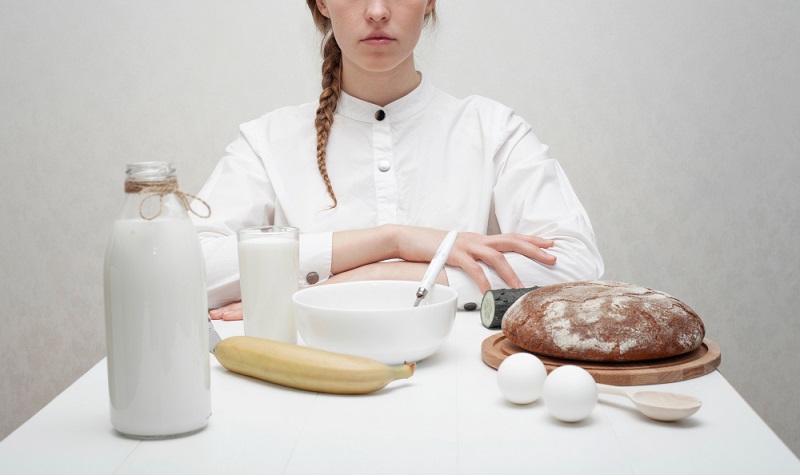
Personal Dietary Preferences
Individual dietary preferences play a significant role in whether you choose dairy-based or non-dairy pudding. Your decision may depend on several factors, including your health status, ethical considerations, and flavor preferences.
Lactose Intolerance or Dairy Allergies
If you’re lactose intolerant or have a dairy allergy, opting for non-dairy pudding is a wise choice. Non-dairy alternatives provide the same creamy experience without the discomfort or health risks associated with dairy consumption.
Plant-based milk options used in non-dairy pudding are often gentle on the stomach and do not contain lactose or casein, the common culprits behind dairy-related digestive issues.
Vegan Lifestyle
For those following a vegan lifestyle, choosing non-dairy pudding is a natural extension of their dietary preferences. Veganism excludes all animal-derived products, including dairy, making plant-based puddings a suitable and ethical choice.
Non-dairy puddings are in line with vegan principles, as they are entirely devoid of animal ingredients. This makes them a popular dessert choice among vegans who are looking for dairy-free indulgence.
Flavor and Texture Preferences
Ultimately, your choice of pudding, whether dairy-based or non-dairy, may come down to your flavor and texture preferences. Some individuals prefer the classic creaminess of dairy-based pudding, while others appreciate the unique tastes and textures offered by plant-based alternatives.
Exploring different types and flavors of pudding can be an exciting culinary adventure. The world of pudding is diverse, offering options to suit various palates.
Culinary Tips
Whether you’re a pudding aficionado or a novice, enhancing your pudding experience is a delightful journey. Let’s explore some culinary tips to make your pudding even more irresistible.
Making Dairy-Based Pudding
When preparing dairy-based pudding, consider using whole milk for a creamier texture and richer flavor. Experiment with different flavorings, such as a touch of espresso for a coffee-infused delight or a sprinkle of cinnamon for a warm and comforting twist.
Adding various toppings like whipped cream, chocolate shavings, or fresh fruit can elevate the visual appeal and taste of your pudding.
Making Non-Dairy Pudding
For non-dairy pudding, explore a variety of plant-based milk options to find the one that suits your taste preferences. Almond milk provides a subtle nutty flavor, while coconut milk offers a tropical essence.
Experiment with natural sweeteners like agave syrup, which adds a unique sweetness to the pudding. Incorporate spices such as cardamom or nutmeg for an extra layer of flavor.
Regardless of whether you choose dairy or non-dairy pudding, creativity in the kitchen can lead to exciting flavor discoveries.
Common Misconceptions
In the world of desserts, misconceptions about pudding and its relationship with dairy abound. Let’s address some common myths and clarify the distinctions.
Pudding vs. Custard
One common misconception is the interchangeable use of the terms “pudding” and “custard.” While both are delectable desserts, they have distinct differences. Pudding tends to be lighter and smoother, while custard is thicker and often baked. Custard always includes eggs, which are not a necessity in pudding recipes.
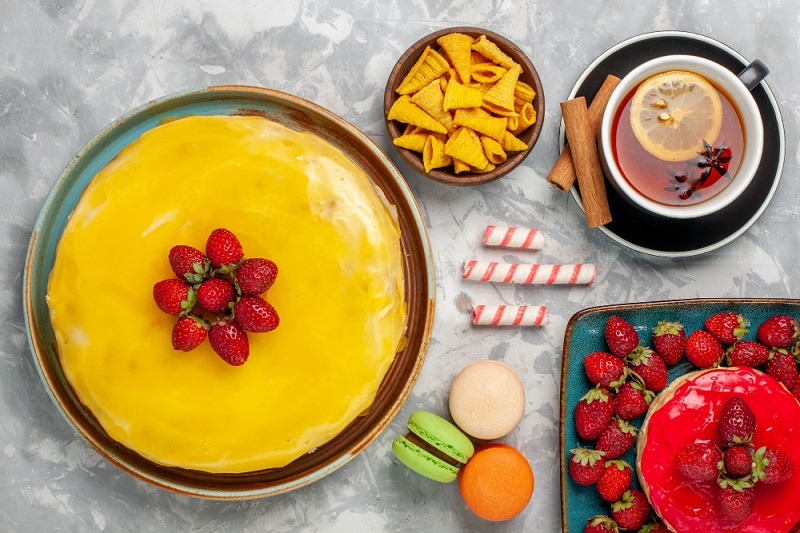
All Pudding Is Dairy-Based
It’s not true that all pudding contains dairy. The rise of non-dairy alternatives has expanded the world of pudding, offering delightful options for those with dairy restrictions or different dietary preferences. Non-dairy pudding options are on the rise and are equally enjoyable.
Pudding Is Only for Dessert
While pudding is a beloved dessert, it’s not limited to that role. Pudding can also be used as a filling for pies or tarts, and even as a creamy layer in parfaits. The versatility of pudding goes beyond the dessert plate.
Conclusion
In conclusion, the world of pudding is an enchanting one, rich with flavor and diversity. Pudding can be a dairy delight, offering the creamy comfort of traditional recipes. It can also be a surprising twist on your plate if you opt for non-dairy alternatives, which are becoming increasingly popular and widely available.
Your choice of pudding, whether dairy-based or non-dairy, depends on your dietary preferences, health considerations, and flavor inclinations. Pudding invites culinary exploration, offering countless flavors and textures to savor.
So, the next time you dip your spoon into a bowl of pudding, you’ll know whether it’s a dairy delight or a dairy-free treat. Whether you’re a traditionalist or an adventurer in the world of flavors, pudding has a place on your plate.
Frequently Asked Questions:
No, not all pudding is dairy-based. There are non-dairy or vegan pudding options available that are free from dairy ingredients.
Non-dairy puddings can be just as creamy as their dairy-based counterparts, thanks to the use of plant-based milks and thickeners.
Yes, you can make non-dairy pudding at home using plant-based milk, thickeners, and natural sweeteners. There are numerous recipes and flavor variations to explore.
